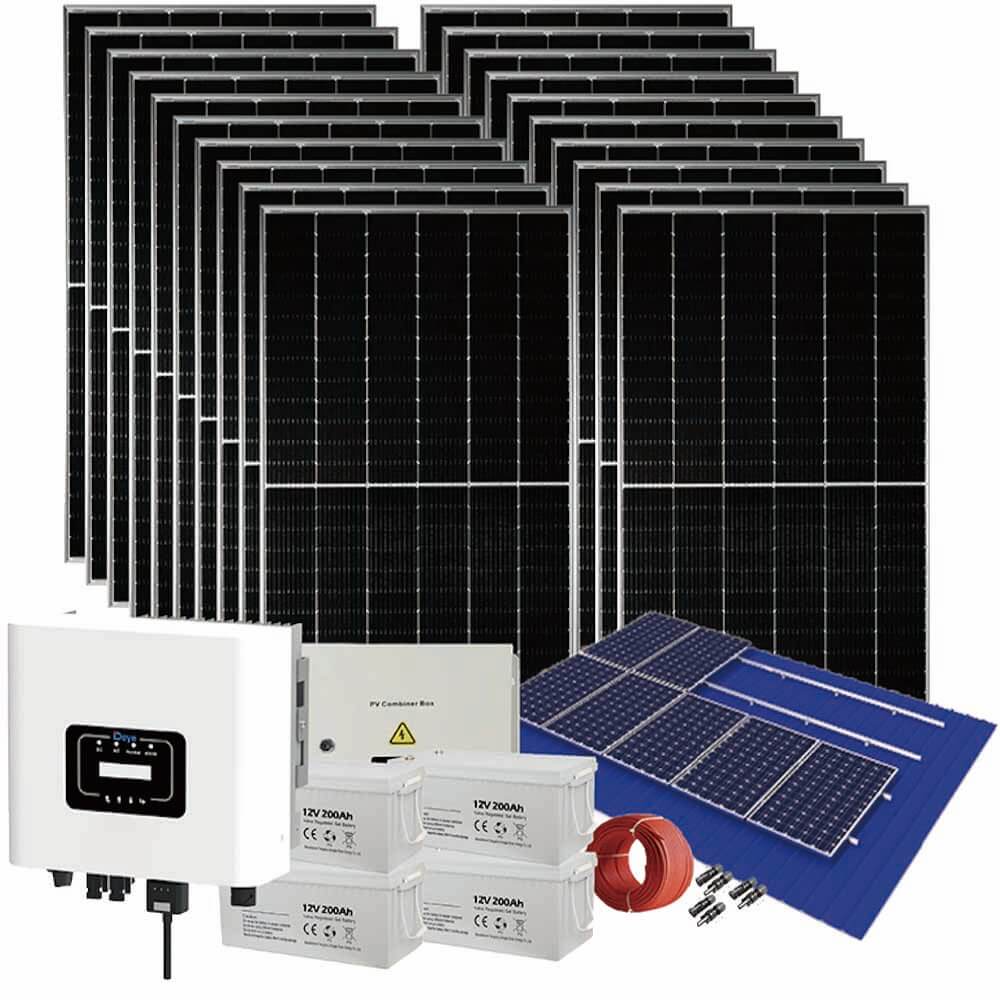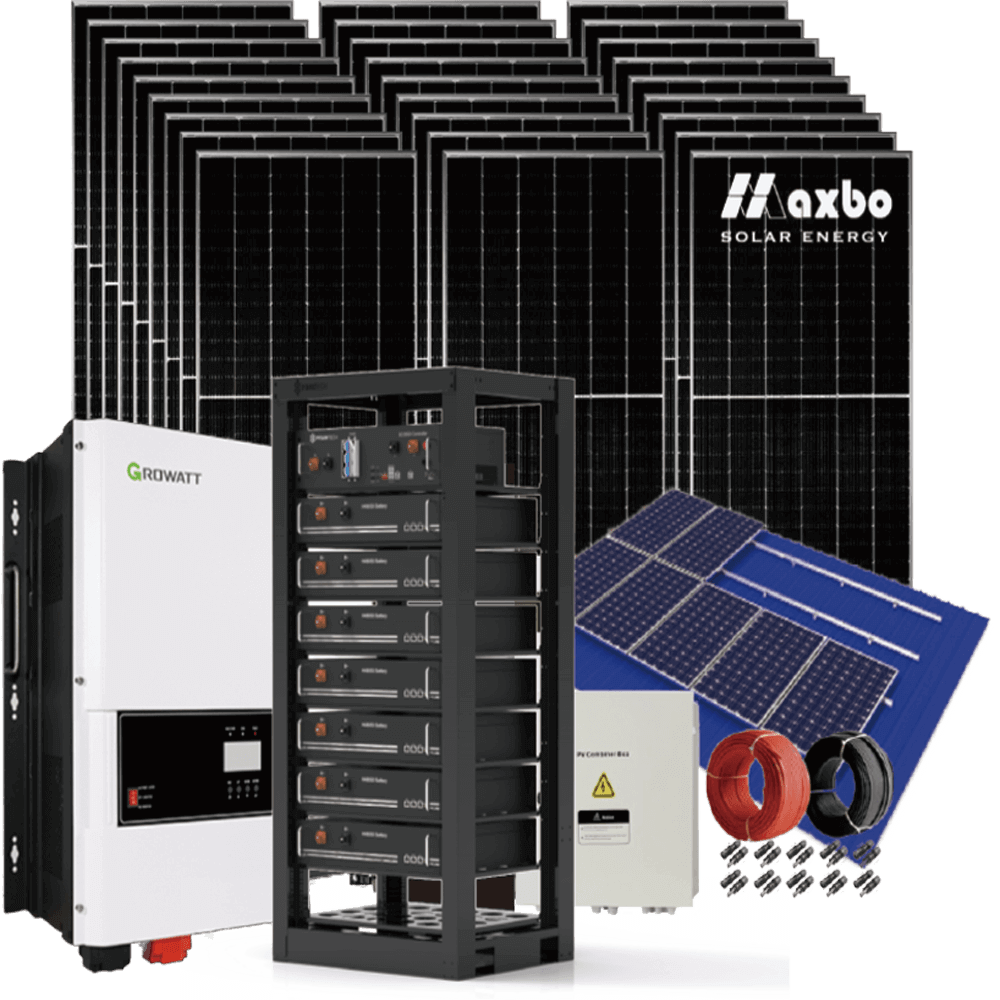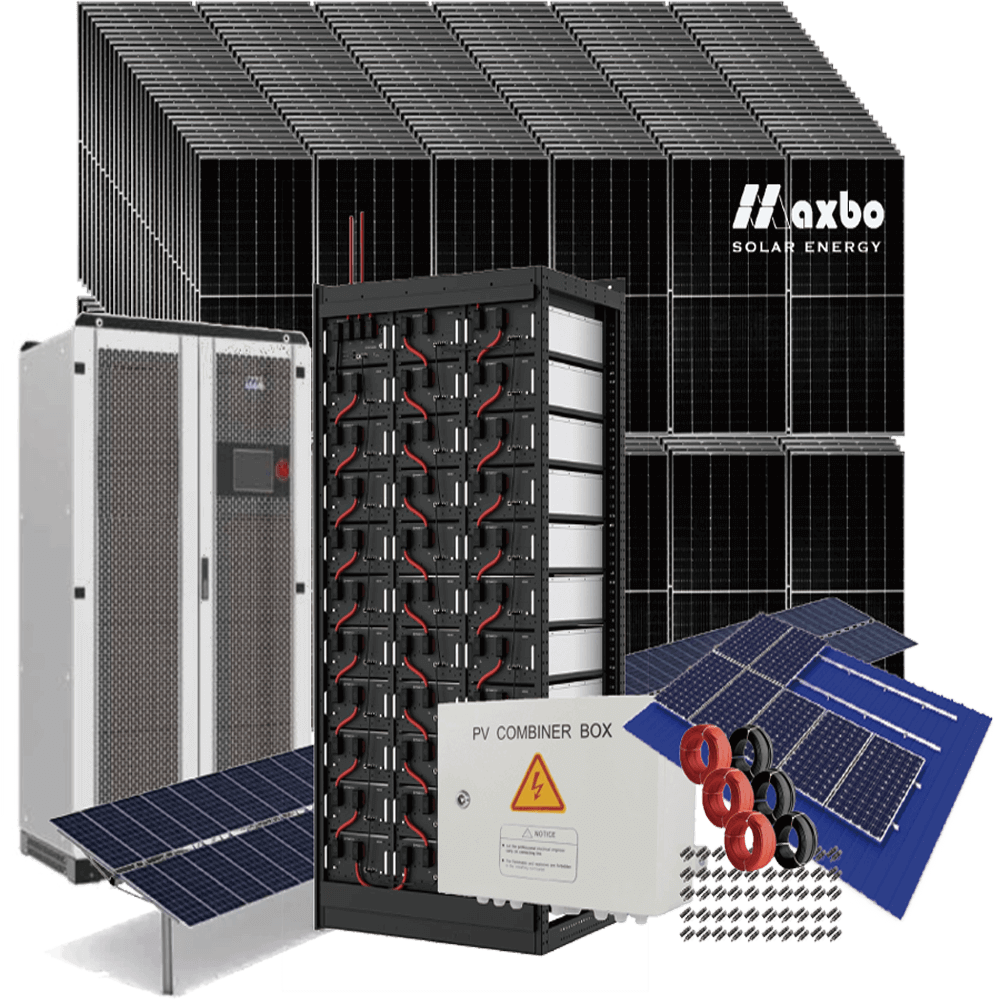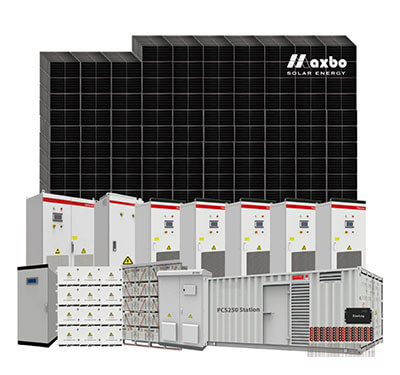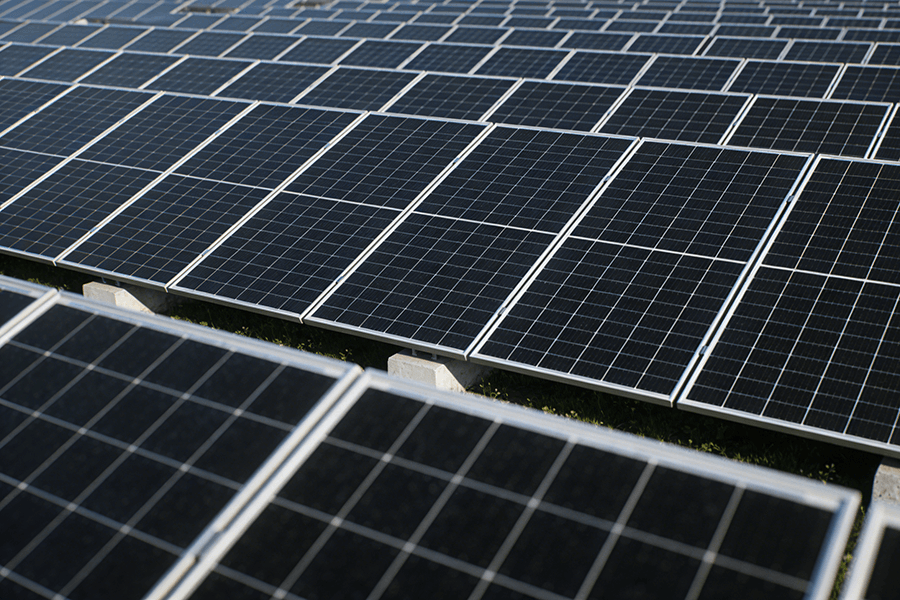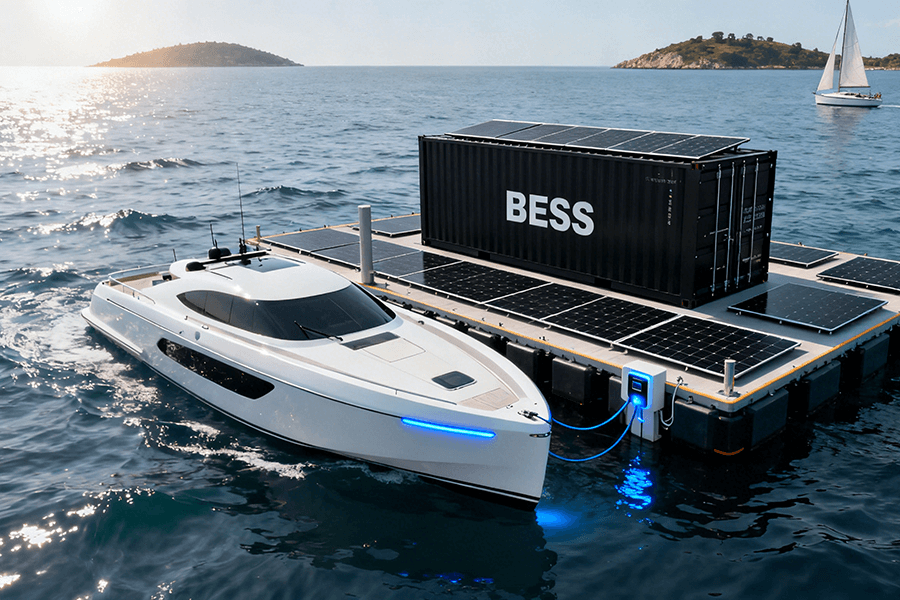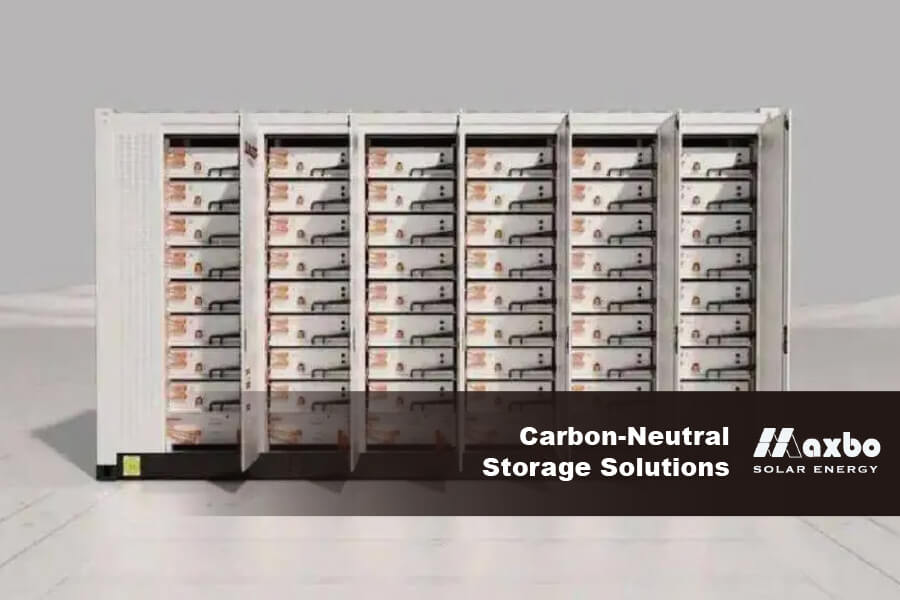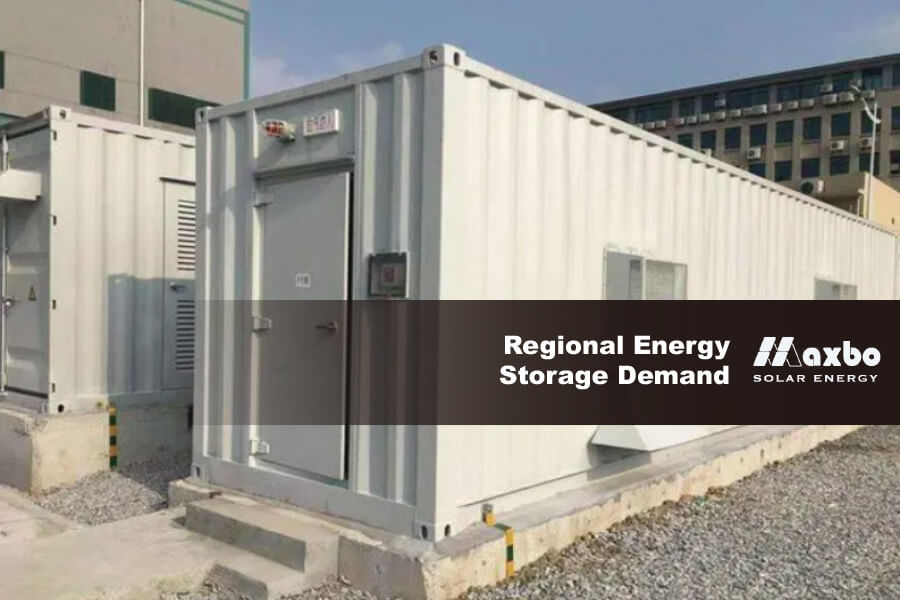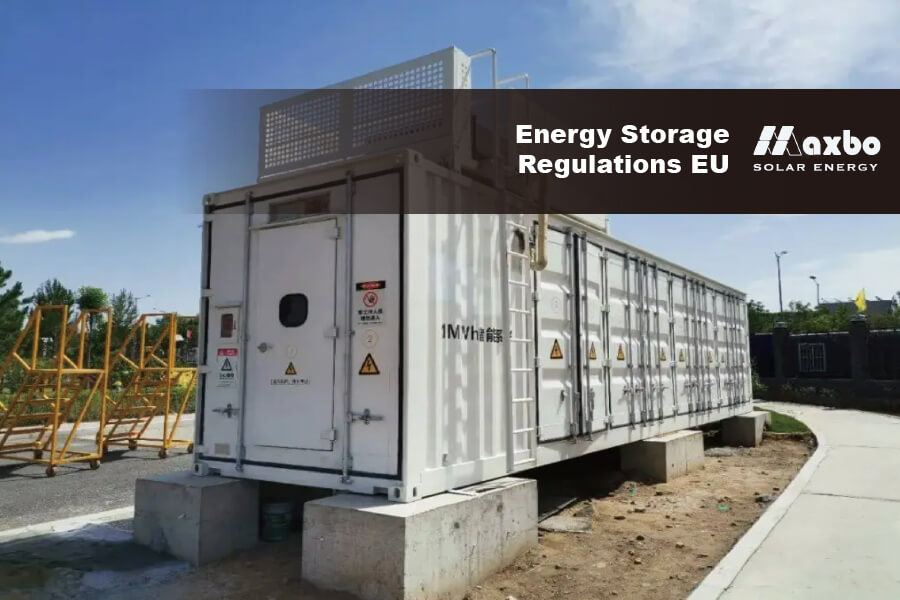


| Series | Cell Size (mm) | Module Dimensions (mm) | Power Range (W) | Applications |
|---|---|---|---|---|
| 158 Series | 158 × 158 | 1956 × 992 × 40 | 330 ~ 400 | Small rooftops, retrofits |
| 166 Series | 166 × 166 | 2008 × 1002 × 40 | 400 ~ 450 | Mid-sized roofs, solar farms |
| 182 Series | 182 × 182 | 2278 × 1134 × 35 | 500 ~ 550 | Large-scale installations |
| 210 Series | 210 × 210 | 2474 × 1303 × 35 | 650 ~ 700 | Utility-scale projects |
Example Calculations:
Residential Solar Systems:For homes, commonly used panel sizes are 1956 × 992 × 40 and 2278 × 1134 × 35. In cases where the roof space is fragmented or irregular, smaller panels can maximize usable area. In some countries, such as Germany, regulations may require panels with specific dimensions (e.g., 1956 × 992 × 40).
Using 158 Series Panels (Dimensions: 1956 × 992 × 40, Power: 400W):
- Panels Required = 56kW ÷ 400W = 140 panels
- Total Installation Area: ~280 m²
Using 182 Series Panels (Dimensions: 2278 × 1134 × 35, Power: 550W):
- Panels Required = 56kW ÷ 550W = 102 panels
- Total Installation Area: ~277 m²
———–
Industrial or Agricultural Systems:Industrial and agricultural systems often use larger panels, such as 182 Series or 210 Series, due to ample installation space and flat roofs.
Using 182 Series Panels (Dimensions: 2278 × 1134 × 35, Power: 550W):
- Panels Required = 70kW ÷ 550W = 128 panels
- Total Installation Area: ~348 m²
Using 210 Series Panels (Dimensions: 2474 × 1303 × 35, Power: 700W):
- Panels Required = 70kW ÷ 700W = 100 panels
- Total Installation Area: ~340 m²
———–
Office Buildings or Apartments:For office buildings or apartments, moderately sized panels like those in the 166 Series and 182 Series are more suitable. Smaller or larger panels are typically unnecessary.
Using 166 Series Panels (Dimensions: 2008 × 1002 × 40, Power: 450W):
- Panels Required = 63kW ÷ 450W = 140 panels
- Total Installation Area: ~296 m²
Using 182 Series Panels (Dimensions: 2278 × 1134 × 35, Power: 550W):
- Panels Required = 63kW ÷ 550W = 115 panels
- Total Installation Area: ~243 m²
Additional Considerations
Beyond panel size, it is essential to configure the panels in series and parallel to match the inverter and other system components. This aspect will be handled by our technical team, who will design the most suitable 50kW solar system to meet your requirements.
The above calculations assume sufficient installation area. If roof space is limited, additional ground-mounted installations can be used. Maxbo offers a variety of installation solutions to accommodate different scenarios.
Conclusion:
In conclusion, a 50kW solar system typically requires 100 to 140 panels, depending on energy consumption, panel efficiency, and installation conditions. Accurate planning ensures optimal performance while meeting specific energy needs.
For authoritative data and detailed studies on solar energy systems, please refer to resources like the National Renewable Energy Laboratory (NREL) or browse the comprehensive research database at SpringerLink. These platforms provide extensive information and validated data on renewable energy technologies and system designs.
For any questions about a 50kW solar system, feel free to contact us:
Email: [email protected]
Tech Support: [email protected]

